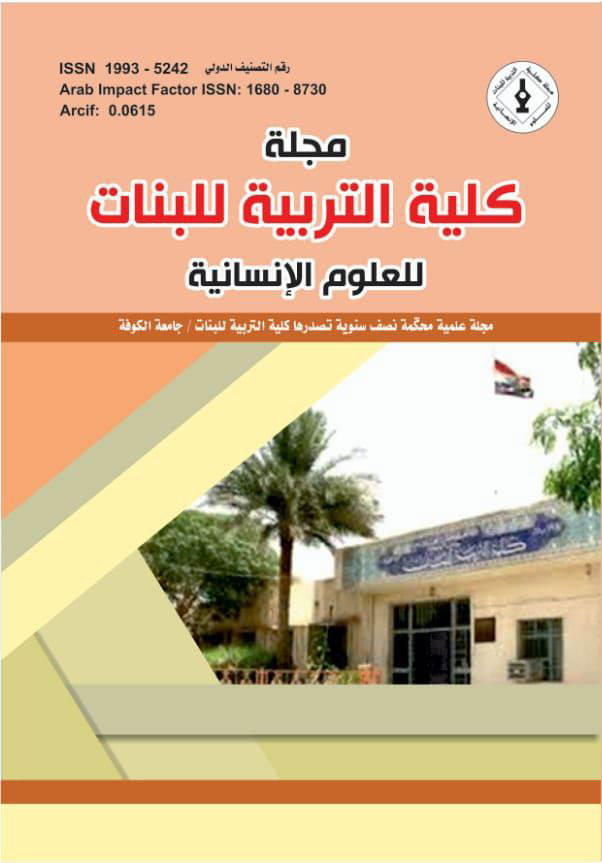Memory and Rhythm in Al-Hussaini Najafi Poetry and Cognitive Consciousness (Husseini Najafi poetry from 1900-1950 AD as an example)
DOI:
https://doi.org/10.36327/ewjh.v1i30.12316Abstract
Abstract
The research seeks to employ memory as a cognitive tributary that contributes to forming poetry rhythmically and depends on the poets ’exploitation of linguistic sounds whose perception needs a delicacy of taste and sensation and the phonemic fabric that expresses different situations in life that have an emotional resonance rooted in collective memory. His cognitive memory and benefited from his cultural heritage, in the formation of poetic models that suggest the nature of that heritage that the poet was brought up on and appeared clearly in his poetry. Memory in order to use it in his poetry, because it requires an appropriate period of time to facilitate the process of focusing attention, organizing emotional states and directing them in what it deems valid in terms of meanings and ideas suitable for the poetic and rhythmic context, and this memory contributed to the elevation of the rhythmic connotation characterized by its certainty in sound and content, so the presence of the memory stems from the cognitive sentiment It achieves intentional rhythmic communication, because it expresses psychological contents through which we can reach the poet's emotional feeling.
Downloads
Published
How to Cite
Issue
Section
License
Copyright (c) 2023 Prof. Dr. Sabah Abbas Judy Enouz, Teacher. Dr. Muna Salih Hassan Al-Dujaily

This work is licensed under a Creative Commons Attribution 4.0 International License.
which allows users to copy, create extracts, abstracts, and new works from the Article, alter and revise the Article, and make commercial use of the Article (including reuse and/or resale of the Article by commercial entities), provided the user gives appropriate credit (with a link to the formal publication through the relevant DOI), provides a link to the license, indicates if changes were made and the licensor is not represented as endorsing the use made of the work.









